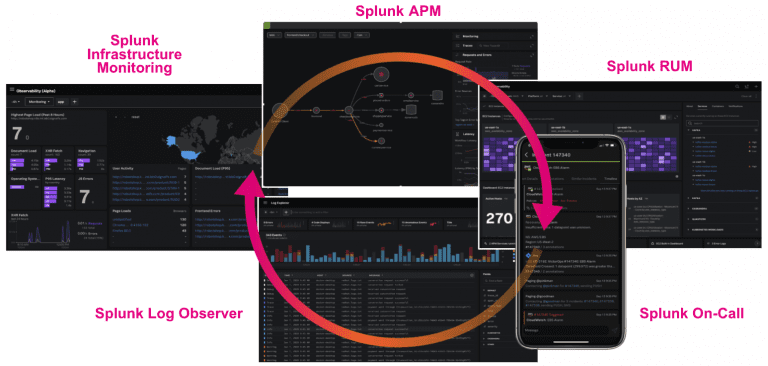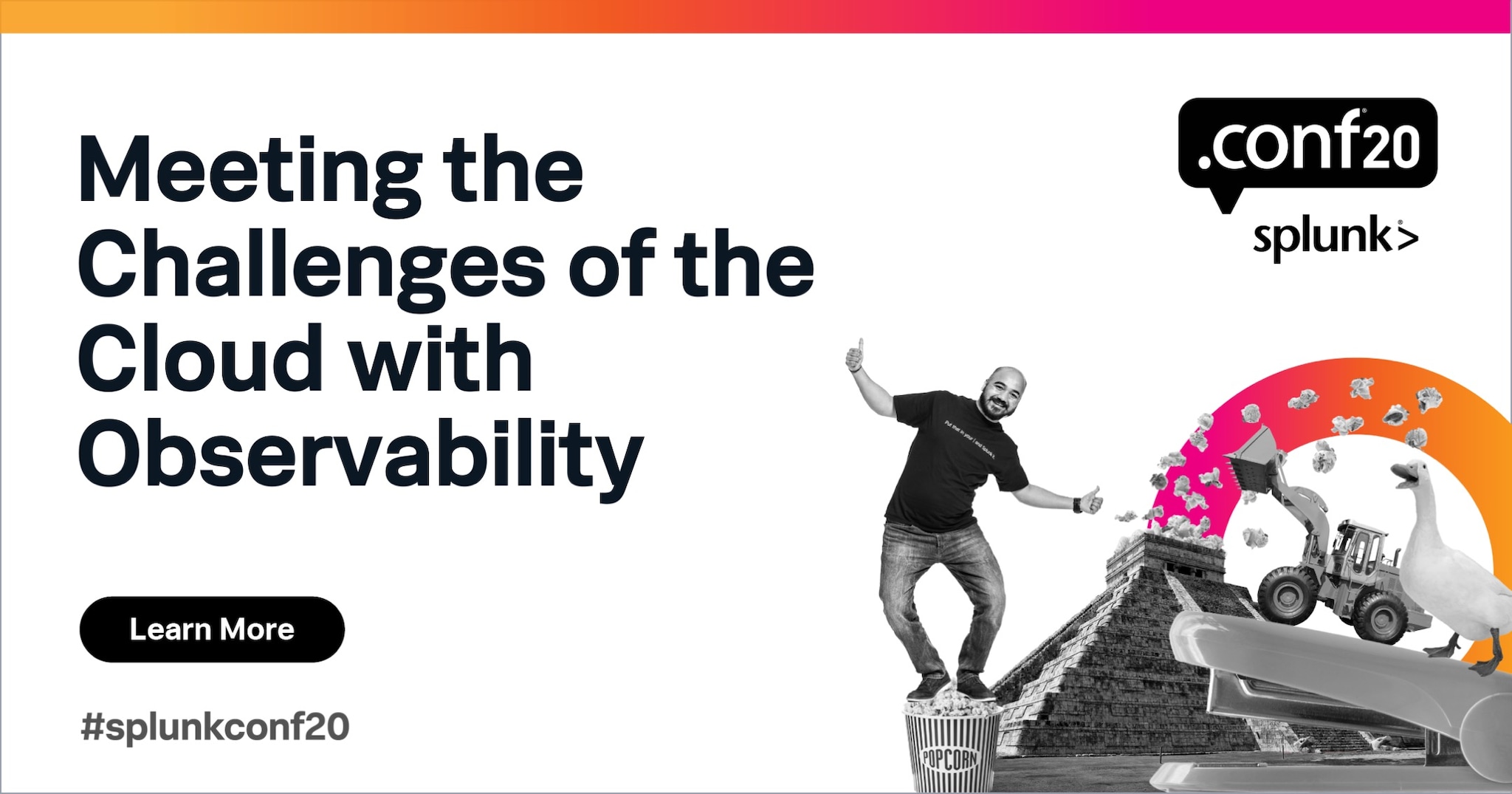

- #Splunk observability install#
- #Splunk observability free#
Manage services, spans, and traces in Splunk APM. Use cases: Troubleshoot errors and monitor application performance. View and manage permissions for detectors. AutoDetect in Splunk Observability Cloud. Splunk Distribution of OpenTelemetry Collector. Send serverless spans through the Splunk OpenTelemetry Collector. Instrument back-end services and applications. Collect infrastructure metrics and logs. Get data into Splunk Observability Cloud. Use case: Troubleshoot an issue from the browser to the backend. Use case: Monitor infrastructure and apps using the Collector. Run the following commands, replacing the parameters above with their appropriate values. The value will be associated with every trace, metric and log as "" attribute. clusterName: arbitrary value that identifies your Kubernetes cluster. The following parameter is required for any of the destinations: splunkObservability.accessToken: Your Splunk Observability org access. splunkObservability.realm: Splunk realm to send telemetry data to. splunkPlatform.token: Splunk HTTP Event Collector tokenįor Splunk Observability Cloud the following parameters are required:. splunkPlatform.endpoint: URL to a Splunk instance, e.g. Least one of the destinations ( splunkPlatform or splunkObservability) hasįor Splunk Enterprise/Cloud the following parameters are required: #Splunk observability install#
In order to install Splunk OpenTelemetry Collector in a Kubernetes cluster, at To fully configure the Helm chart, see the advanced To send data to Splunk Observability Cloud Scale HTTP Event Collector with distributed deployments.Set up and use HTTP Event Collector in Splunk Web.See the following topics for more information: This index will be used for ingesting logs.Īn HTTP Event Collector (HEC) token and endpoint. To send data to Splunk Enterprise or Splunk CloudĪ minimum of one Splunk platform index ready to collect the log data. You must know where your log information is being collected in your Kubernetes deployment. Administrator access to your Kubernetes cluster and familiarity with your Kubernetes configuration.The following prerequisites are required to use the helm chart: Require additional configurations applied to

While this helm chart should work for other Kubernetes distributions, it may
 Vanilla (unmodified version) Kubernetes. This helm chart is tested and works with default configurations on the following See the logs collection section for more information, along with performance benchmarks run internally. The Helm chart currently uses Fluentd by default for Kubernetes logs collection, and supports an option to use native OpenTelemetry logs collection for higher throughput and performance. However, only the Splunk distributions are in scope for official Splunk support and support-related SLAs. We will provide best effort guidance for using these components
Vanilla (unmodified version) Kubernetes. This helm chart is tested and works with default configurations on the following See the logs collection section for more information, along with performance benchmarks run internally. The Helm chart currently uses Fluentd by default for Kubernetes logs collection, and supports an option to use native OpenTelemetry logs collection for higher throughput and performance. However, only the Splunk distributions are in scope for official Splunk support and support-related SLAs. We will provide best effort guidance for using these components #Splunk observability free#
Customers are free to use the core OpenTelemetry OSSĬomponents (several do!). Installations that use this distribution can receive direct help from In a Kubernetes cluster and provides a unified way to receive, process and

This chart creates a Kubernetes DaemonSet along with other Kubernetes objects The Splunk OpenTelemetry Collector for Kubernetes is a Helm chart for the Splunk Distribution Splunk officially supports this project however, there may be breaking changes. Splunk OpenTelemetry Collector for Kubernetes Migrating from Splunk Connect for Kubernetes







 0 kommentar(er)
0 kommentar(er)
